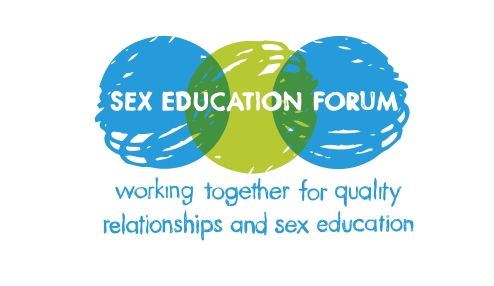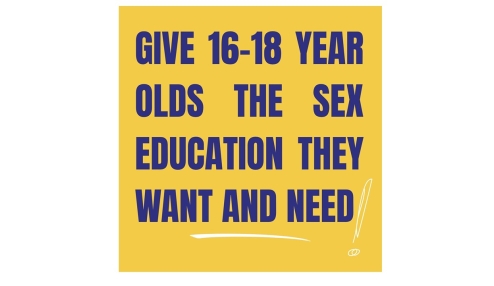The urgency of delivering high quality Relationships and Sex Education (RSE) to all children and young people can’t be overstated, but contrasts with the somewhat sluggish progress towards finalising new Government guidance on the subject. Despite the lingering uncertainty about the details, the draft guidance does provide the overall direction of travel. Swift action is needed by schools to be ready to deliver high quality RSE that meets the needs of all pupils.
The first point the draft guidance makes clear is that high quality RSE requires planning and dedicated curriculum time, stating that teaching of “core knowledge is broken down into units of manageable size and communicated clearly to pupils, in a carefully sequenced way, within a planned programme of lessons”.
This logical sequencing of knowledge should begin in the early years: “building on early education, children should be taught how to take turns, how to treat each other with kindness, consideration and respect, the importance of honesty and truthfulness, permission seeking and giving, and the concept of personal privacy”.
To get this programme of teaching right, for both RSE and Health Education (which will be statutory too), heads and governors will have to address timetabling implications, as well as thinking about other practicalities such as staffing and resources.
The guidance adopts important principles about the type of information that constitutes high quality RSE. This should include information about the law, medically accurate information about sexual and reproductive health, and impartial information about all pregnancy options. Schools are advised that they may choose to include faith perspectives too. The key thing here is that children and young people are supported to understand that there are a range of opinions on key issues and different types of information are available to help them understand their rights and responsibilities. There is a strong evidence-base that supports this approach to RSE.
A lot of emphasis is put on facts and knowledge in the guidance, but paragraph five of the draft also states the importance of applying that knowledge: “Teaching will include sufficient well-chosen opportunities and contexts for pupils to practise applying and embedding new knowledge so that it can be used skilfully and confidently in real life situations”.
It is safe to say that these approaches will remain in the final guidance and so schools should check that staff who will be teaching the subject have the knowledge and skills to deliver this type of curriculum. They must also be able to ensure that the curriculum is accessible for all pupils – including those with SEND – which is a non-negotiable feature of the guidance. Some schools will be looking to develop a specialist team to teach RSE and Health Education, and it is crucial for them to identify a lead teacher for the subjects. There is also a level of competence and awareness that all school staff need to reach so they can support the effective implementation of a high-quality programme.
The curriculum on RSE should complement, and be supported by, the school’s wider policies on behaviour, inclusion, respect for equality and diversity, and bullying. When RSE is seen as part of a whole-school approach to pupil wellbeing, learning in the classroom comes to life in the corridors, and there is consistency in fostering equality and respect throughout school life. It is very important that LGBT inclusion is integrated throughout the RSE curriculum and that gender equality is a clear and continuous thread. This point is not made with sufficient clarity in the draft guidance but is necessary to provide pupils with a consistent approach to equalities in the curriculum and wider school life.
The duty of the state and schools to safeguard children was a driving force in securing the legislation that makes RSE a statutory subject, but some of the detail about how to put this into practice is missing from the draft guidance. For example, successive reports and research support the teaching of correct terms for genitalia as a means of ensuring that all children have a universal language for describing the human body and a means of making themselves heard should they experience abuse. This is part and parcel of high quality RSE, but the guidance does not provide clear instruction that primary schools must teach this.
So there is plenty we can be certain about, and some clarifications yet to be secured. With schools being encouraged to implement the updated guidance from September 2019 and mandated to do so from September 2020 there is no time to waste in tackling the question of timetabling, considering staffing options and getting on with training. The Sex Education Forum is here to help……
- Join us for our autumn conference: Countdown to statutory RSE - and our March conference focused on SEND
- Our training can be commissioned in any part of the country, or pick an open course from our calendar
- Use our curriculum design tool – free from our website
- Sign up for our countdown emails – we’ll guide you through
Director, Sex Education Forum
October 2018




Share